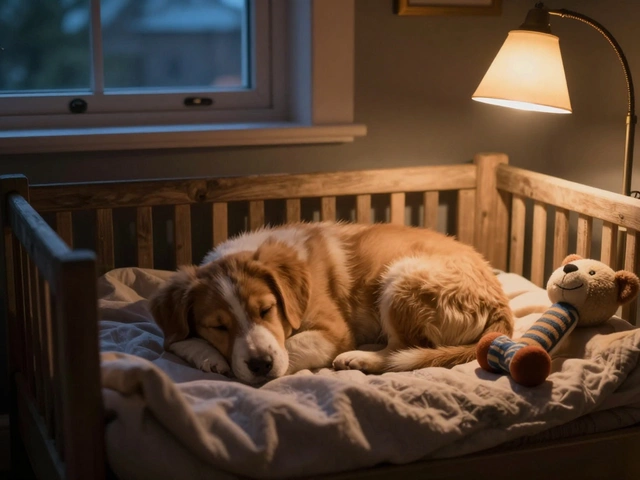Dog Bed Size Guide – Choose the Right Bed for Your Dog
Getting the right dog bed size isn’t a guess—it’s an easy math problem once you know the key factors. A bed that’s too small can cramp your dog’s joints, while a giant cushion wastes space and money. Below you’ll find a step‑by‑step plan to match any pup with a bed that feels custom‑made.
Why Size Matters
Size affects comfort, support, and health. Small breeds need a snug nest to feel secure; large breeds need extra length for full stretch and thicker padding for joint protection. A correctly sized bed also keeps the mattress from sagging, which preserves its lifespan. Think of it like a mattress for humans—fit matters for a good night’s sleep.
How to Measure Your Dog for the Perfect Bed
Grab a tape measure and follow three simple steps. First, measure from the tip of the nose to the base of the tail while your dog stands straight—that’s the length you’ll need. Second, measure the height at the shoulders; add a few inches for wiggle room. Third, note your dog’s weight; most manufacturers list weight ranges for each size.
For example, a 20‑lb terrier usually fits a 30‑inch long bed, while a 70‑lb Labrador needs at least a 48‑inch bed. If your dog loves to sprawl, add 6‑12 inches to the length you measured. If they curl up, a slightly smaller bed can feel cozier, but never let their head hang over the edge.
Don’t forget to consider the sleeping spot. A bed placed near a drafty window may need a larger surface to keep the dog warm. In cramped apartments, a low‑profile or wall‑mounted bed can free up floor space while still offering the right dimensions.
When you browse online, match the manufacturer’s size chart with your measurements. If the chart lists “Medium – 24‑30 lb, 30‑36 in long,” and your dog is 28 lb and 33 in long, that medium option is a safe bet. When in doubt, size up—dogs rarely outgrow a bed that’s a little too big, but they do outgrow a bed that’s too small.
Materials also play a role. Orthopedic foam beds benefit senior dogs or those with arthritis, but they still need the proper length and width. A plush pillow‑top might be perfect for a small breed that likes to burrow, as long as it fits the measurements you recorded.
Finally, test the bed if you can. Bring a favorite blanket or toy and watch how your dog settles in. If they stretch out fully without hanging off the edge, you’ve nailed the size. If they seem cramped, return or exchange—most retailers allow a 30‑day swap for this exact reason.
Choosing the right dog bed size is a quick win for your pet’s comfort and health. Use the measuring steps, compare weight ranges, and think about sleeping habits, and you’ll have a bed that feels made just for them.

Should a Dog Bed Be Bigger Than Your Dog?
Choosing the right dog bed size is crucial for your pet's comfort and well-being. A bed that's too small can cramp your dog's rest, while a too-big bed might not offer the same security some dogs crave. Learn about assessing the right bed size, factoring in your dog's sleeping habits, and why bigger isn't always better. This guide provides practical tips to ensure your furry friend enjoys optimal comfort and support.
read more



